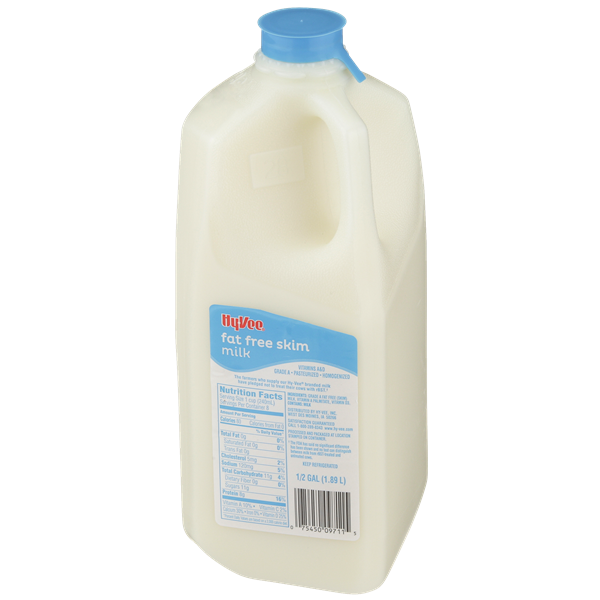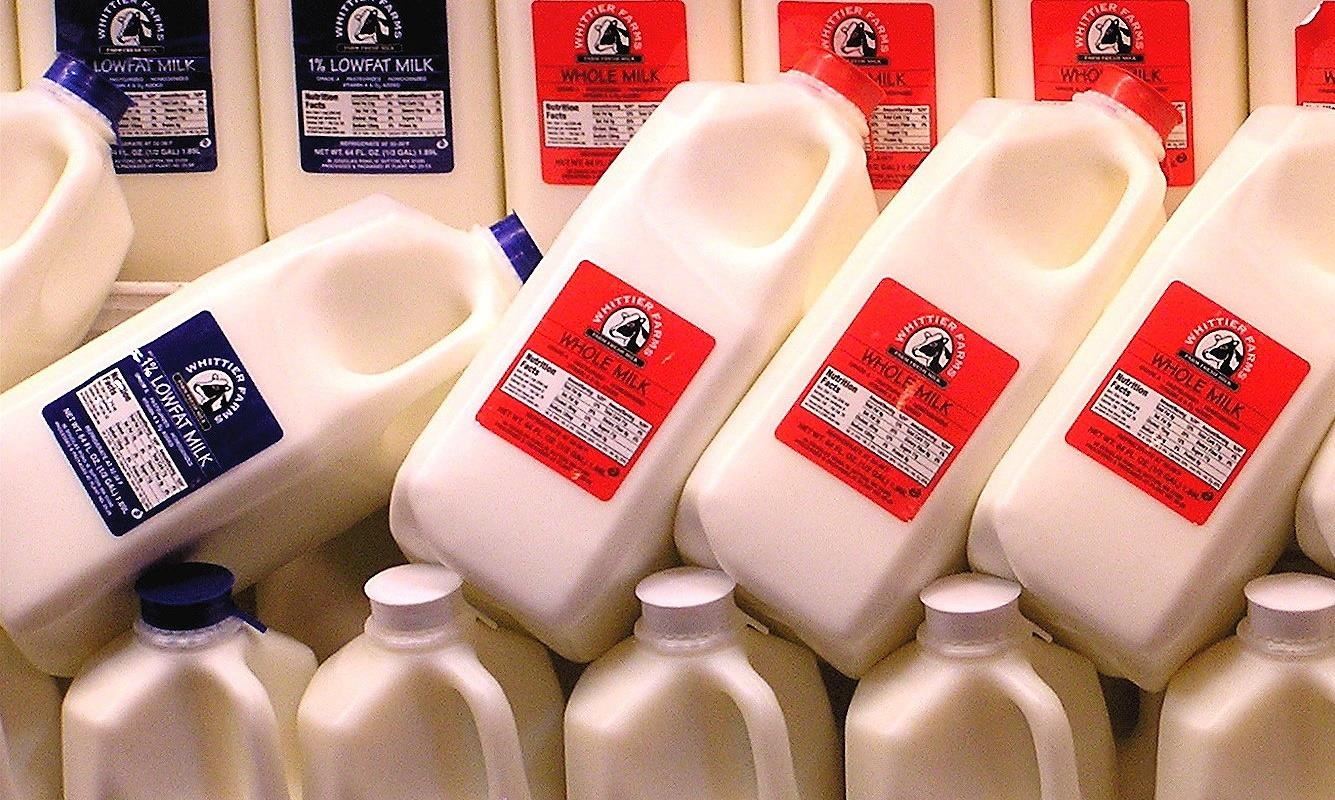
Many people like to do their stuff themselves – some for kicks, some for the satisfaction of making it in their own kitchen, some for hygiene reasons and others because they like the quality of homemade foods. Repeat steps 1 to 4 two more times to get the skimmed milk. Put it in the refrigerator for atleast 10 to 12 hours. To make skim milk, boil the milk in a deep non-stick pan, which will take 8 to 10 minutes.
Skim milk vs fat free how to#
Learn how to make how to make skim milk from whole milk. how is skim milk made is a homemade version of low fat milk. Hu.How to make skimmed milk recipe | how to make skim milk from whole milk | homemade skimmed milk | how to make low fat milk at home | with 11 amazing images. In addition, sometimes when people focus on cutting fat, they start eating more refined carbohydrates and sugar as a substitute, which can create its own health risks, says Dr. Or the cheese they're eating is on top of a pepperoni pizza. "The problem is that often when people have cheese, there's a burger underneath it," he says. When people run into nutritional problems, it's rarely solely because they opted for a full-fat dairy product instead of a low-fat option. Healthy protein choices include poultry, fish, nuts, legumes, and even some ancient grains, such as quinoa, in addition to moderate amounts of dairy.īut it's better to focus on healthy eating over all, rather than overthinking one nutrient like saturated fat, says Dr. "Not everyone should eat three or more servings a day recommended by some organizations," he says.Īdult women, particularly postmenopausal women, should also focus on getting enough protein, which can help to maintain muscle and bone mass. But for most women, one to three servings a day is sufficient. "I think there is no question dairy can be included as part of a healthy diet," says Dr. And eating too much dairy might not be the best choice for your health. "There has been quite a bit of controversy about the RDA for calcium in the United States, because it's much higher than the amount recommended by other countries," says Dr. Experts often recommend people eat dairy products, because they are a good source of calcium in the diet.

You may also wonder exactly how much dairy you should be consuming every day. But if you have a history of cardiovascular disease or high cholesterol, stick to 2 grams per serving, she says. The AHA recommends lowering the recommended daily intake of saturated fat for heart patients to no more than 5% to 6%, and to 7% to 10% for the general population, says Debbie Krivitsky, director of nutrition at the Harvard-affiliated Massachusetts General Hospital Cardiovascular Disease Prevention Center.Īn easy way to track this is by reading nutrition labels and aiming for no more than 3 grams of saturated fat per serving in the foods you eat, she says. This might include one glass of 1% or skim milk paired with a full-fat yogurt." "Find balance by choosing a combination of low-fat and full-fat options.

"I don't think it's a good idea to eat a lot of full-fat dairy," he says.
Skim milk vs fat free license#
Even so, this shouldn't give you license to chug down three or four glasses a day or to go back to the diet of the 1950s and '60s, which was loaded with butter and red meat. "That's actually a lot when you consider that one cup of whole milk has 4.5 grams of saturated fat," says Dr. Moderation is key.Ī rule of thumb is to have no more than 20 grams of saturated fat per day for the average 2,000-calorie diet, says Dr. "The evidence doesn't really support that." The type of fat mattersĪn important reason why you can't eat full-fat dairy with abandon is that-unlike the so-called healthy monounsaturated and polyunsaturated fats found in olive oil, oily fish, and nuts - dairy products primarily contain saturated fat, which can contribute to heart disease risk.īut that doesn't mean you can't enjoy a glass of whole milk or some rich cheese from time to time, says Dr. Stare Professor of Nutrition and Epidemiology at the Harvard T.H. But does the same advice apply when it comes to dairy products? Is it time to trade in your low-fat and skim milk for whole milk and cheese? "Is whole milk better than low-fat milk? The answer is no," says Dr. Healthy fats, including those found in olive oil, nuts, seeds, and avocados, can help your body absorb crucial nutrients and contribute to overall health. But today, nutrition experts largely agree that dietary fat should have a spot at the table. In the 1980s, fat came under fire, and low-fat or fat-free products became a dietary staple. The debate in the dairy case may come down to limiting overall fat intake.


 0 kommentar(er)
0 kommentar(er)
